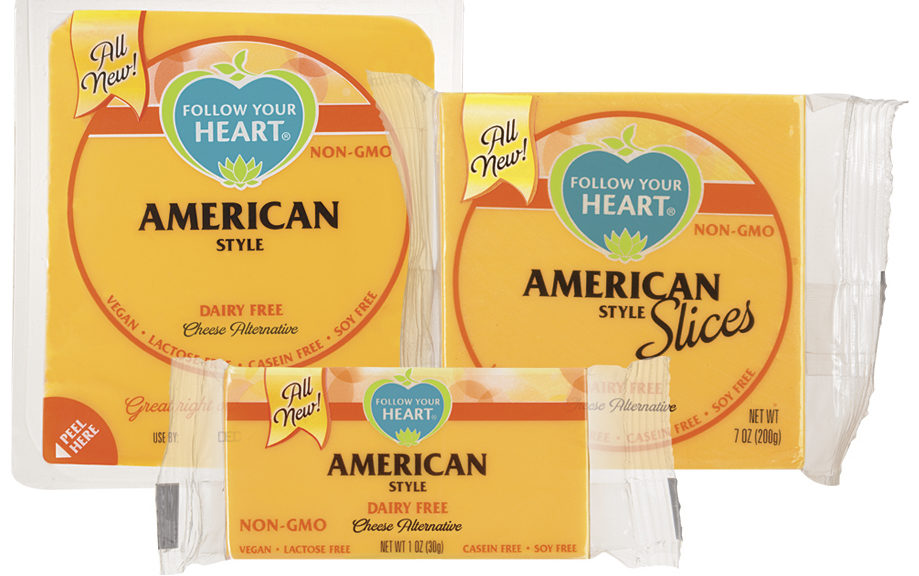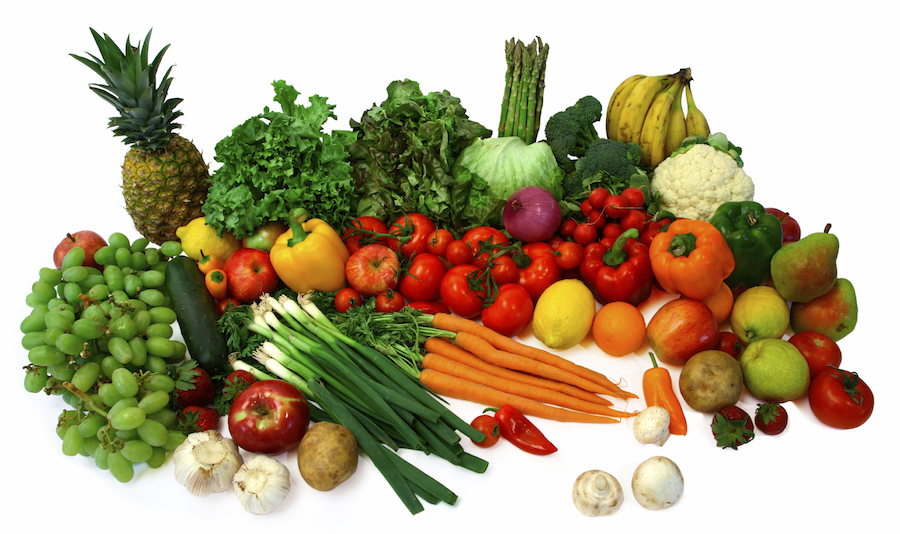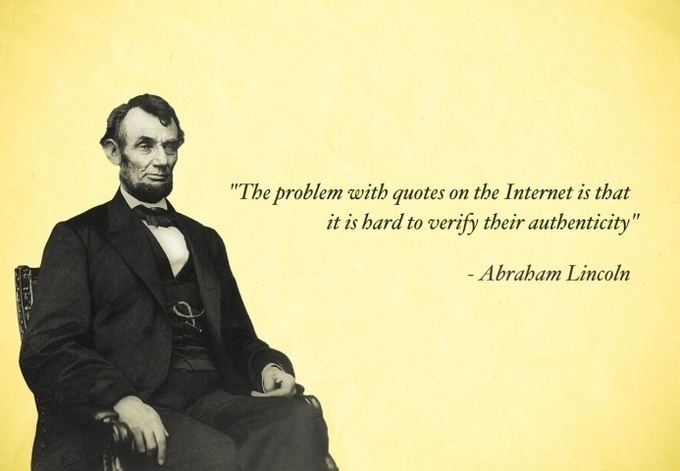While this recipe is every-day Kosher, it is not Kosher for Passover. It is my personal belief, however, that in cases of severe allergies, G-d will understand. Do with that what you will.
I recently chose to accept the challenge of assisting in making a meal for a Passover Seder. If you have ever been involved in hosting a Seder, you know what a massive undertaking that is. Additionally, one of our guests has a long list of allergies, including soy and…eggs. Yes, eggs, the foundation of most Passover baked goods, since yeast and chemical (baking soda/baking powder) leavenings are forbidden. ARGH!!! And, since I, myself, have a strong and unpleasant reaction to gluten, I knew that anything I made would be automatically gluten-free.
Having been to my fair share of meals where, because of my ONE food allergy, I was told, “Oh, well, you can just have a salad while the rest of us have this incredible 5 course meal,” I knew that I could not do this to our guest with all the allergies. For me Passover, is about coming together and celebrating with family. It is exactly the wrong time to be excluding anyone. As far as I was concerned, all of our guests would be eating the same exact food as everyone else at the table.
The search began by looking for gluten-free, egg-free matzo (or matzo meal). Turns out, it doesn’t exist at a mass-produced level. I have heard rumors that a company tried making gluten-free, vegan matzo one year, but it never came back the following year. I suppose the need is simply too niche. So unless you are willing and able to make your own matzo (I am not), it simply doesn’t exist. However, I am a pragmatist, so I found some gluten-free crackers that did not contain any allergens OR leavening. No yeast, no baking soda, no baking powder. It was the best I could do. This is the first reason why I state that these “matzo” balls are not Kosher for Passover, even though they were Everyday Kosher. (Regardless of ingredients missing or present, there are other factors that make food Kosher for Passover, and these crackers were not.)
Once we had confirmed that the crackers would be safe for all guests, the next step was to create “matzo” meal, which is traditionally just matzo ground down to about the texture of corn meal. (I checked. Even the matzo meal is either egg-free or gluten-free. I could not find both in one tin.) I used a food processor and ground up my substitute matzo until it was nice and crumbly. (If you grind it too much, you make “matzo” cake flour, which is too fine for our purposes here.)
I then followed the process laid out in Tablet’s Egg-Free Matzo Balls, with some minor adjustments. The biggest problem with following the recipe exactly* is that it uses actual matzo meal (egg-free, of course—I hope!). When working with gluten-free flours, the absorbency of each flour is slightly different, so using gluten-free crackers means that the meal won’t absorb liquids the same way that wheat flour matzo would. Because of this, I had to work from feel.
When I followed the directions exactly (okay, well, I doubled the recipe, but other than that, I did everything exactly) and mixed everything together, I ended up with a salty, soupy glop. (Ooooh! Those crackers were already salted and the recipe called for more salt. D’oh!) Adding a bit more “matzo” meal brought the mix together.
The next step is super important, especially for GF flours. I chilled the mixture for 15 minutes. Knowing now what I didn’t know then, I’d actually lean closer to 45 minutes to an hour.
Once it set, the mixture had a texture firm enough to scoop into balls and hold its shape, but still moist enough to be malleable. The matzo ball expert on NPR’s Good Food said when forming the balls, if you must form them into perfect orbs, to use a light touch. Too much handling will make the “matzo” balls sink when they should float. That sounded reasonable to me, so I tried not to handle the mixture too much.
Around this time, I realized that even though I had doubled the recipe, I still didn’t have enough “matzo” balls to feed seven people, so I quickly made another, regular-sized, batch. But I didn’t grind as much “matzo” meal, so the batter was a little wetter than the first batch. I let the first batch rest on the baking sheet while I mixed and chilled the second batch. I did not let the second batch rest. They all just went straight into the oven! (Bad idea. Now I know for next time.)
According to Tablet’s recipe, you want to par-bake the “matzo” balls until they are just lightly golden. For this I had to trust my baking instincts. I didn’t want to fully bake them (because they should be boiled), but if they were under-baked, they would dissolve when processed in the salt water. And again, the types of flours, their specific combination, and how they were baked could all affect the final outcome.
I found that during the baking process, the second batch of the “matzo” balls lost their shape a bit and flattened out. This could be because they a little wetter, or it could be because they didn’t rest as long, either in or out of the fridge. (I would love to hear back if anyone decides to experiment with this.)
Once the “matzo” balls were par-baked, it was time to boil them. The matzo ball expert recommended using salt water, not soup, because fat in the soup can cause the matzo balls to become dense instead of fluffy. When I simmered in salt water, of the 21 “matzo” balls I originally par-baked, only about 13 survived. I suspect the survivors were the ones that got extra rest time. The others disintegrated, and honestly, even the survivors were much smaller when I pulled them out than when they went in. I’m pretty sure mainstream ones puff up. Oh, well.
After they had simmered for the prescribed 25 minutes, I took them out of the salt water with a slotted spoon and dropped them into a baggie, which I then refrigerated over night (because I made everything early, not because they needed the rest). The next day, I got the chicken soup piping hot, dropped in the “matzo” balls and let them warm up a bit, and then served immediately.
It wasn’t exactly matzo ball soup, but it was close enough, and everyone with or without allergies thought it was quite delicious, if a little heavy on the salt. (ARGH! Those pre-salted crackers!) Not bad for an “on the fly” recipe remake.
Have you tried something similar? How did it come out?
*A note about aquafaba, less delicately known as “bean water”: many, but not all, Jews do not consider legumes of any sort to be Kosher for Passover. This is the second reason these “matzo” balls would not be acceptable at a strictly Kosher Seder. I have heard that you can also try using bananas and/or applesauce as binders instead, but I’m not sure how well they’ll hold up when they are boiled, and I haven’t tried yet. Again, for my personal use in this case, I think that Gd will understand.








